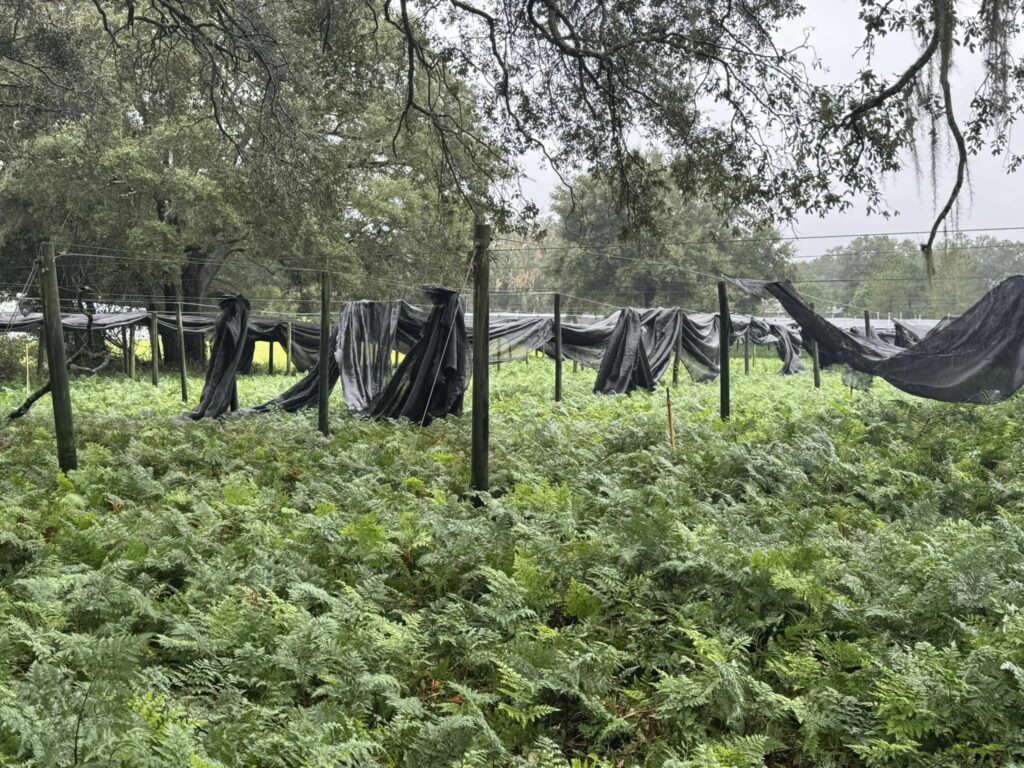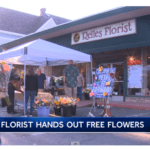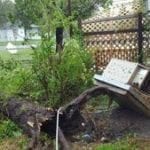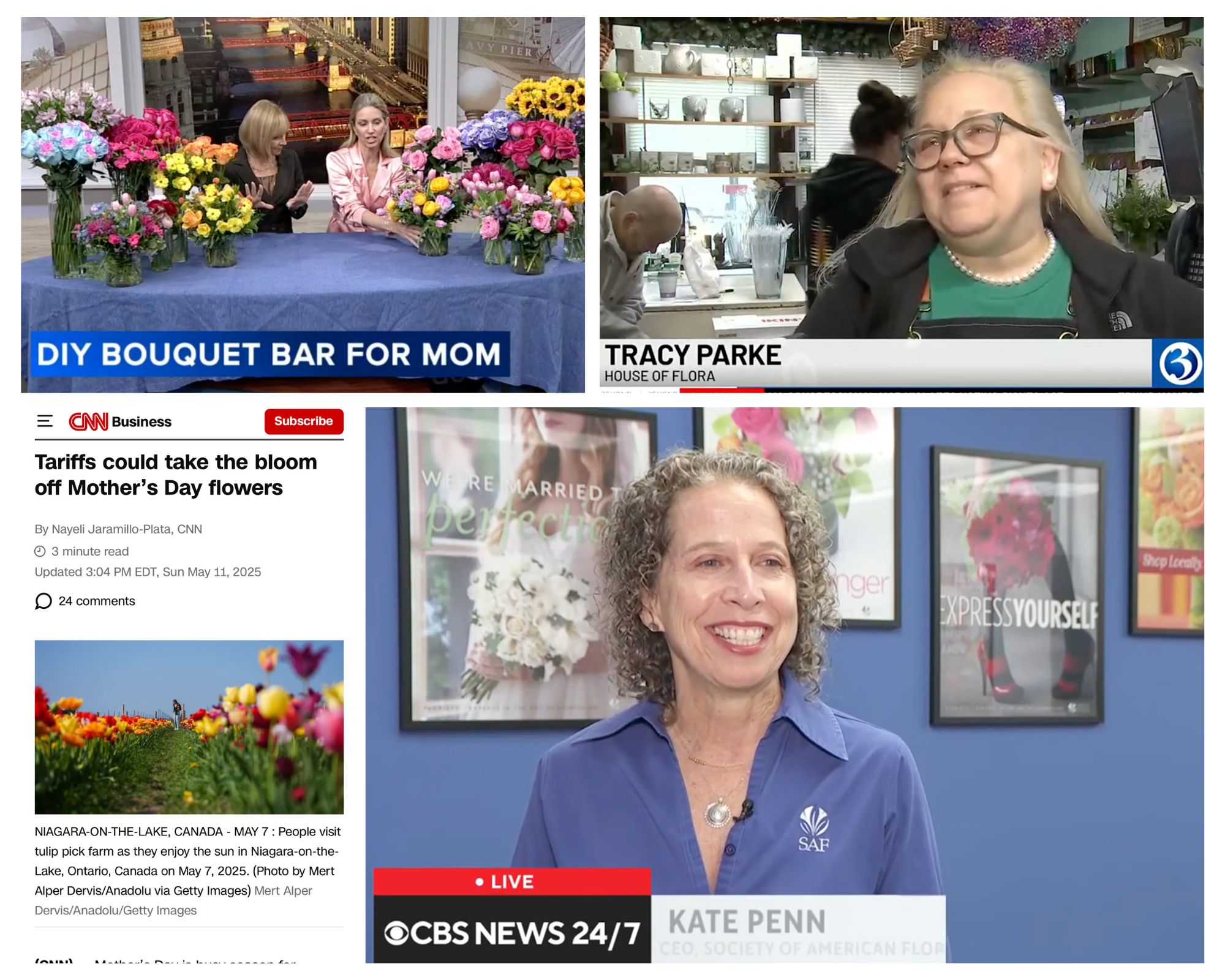
At Albin Hagstrom & Son Inc. in Pierson, Florida, rebar is bent to the ground, nearly 40 acres of torn, twisted shade cloth have left crops sun damaged, and floodwater stalled delivery trucks.
Roughly seven miles north, FernTrust in Seville, Florida, experienced similar damage, including flooded fields.
And in Tampa, the roof a warehouse where Botanica Design Studio stores its props and supplies was torn off, causing water damage inside.
The widespread devastation from two powerful hurricanes striking Florida just weeks apart is creating significant challenges for growers. Their foliage availability is expected to tighten in the coming year, and business owners facing the difficult task of rebuilding may need to raise prices, especially given that many insurance policies fell short of covering the full extent of their claims.
“We’re planning on rebuilding what we have, but it’s going to make us take a lot harder of a financial hit than we normally would,” says David Register, executive vice president of FernTrust.
A Category 4 storm with sustained winds of 140 mph, Hurricane Helene crashed into Florida on Sept. 26. Less than two weeks later, Hurricane Milton roared ashore Oct. 9 with sustained 85 mph winds as a Category 3 storm.
Affected floral businesses have been assessing damage and working with customers to adjust orders and services.
“We are experiencing a slew of wedding and event reschedules, so it’s like Covid and Hurricane Ian all over again,” remarked Zoë Gallina, AAF, chief creative officer at Botanica Design Studio.
The floral community is offering support through grants for rebuilding, funds to aid with immediate recovery, and collections for essential items to be distributed to those in need.
Lasting Implications
The damage to FernTrust’s fields will take months if not a year to repair due to material shortages. The rebuild also results in increased labor costs, and damaged foliage means less product to sell, causing greater financial losses, Register says.
At Albin Hagstrom & Son, natural shade trees, or hammocks, were toppled by the storms. Saran structures are easier to rebuild, but downed trees have a long-term impact, says general manager Erik Hagstrom.
“You basically have to ruin your crop getting the debris out, and then you’re stuck without trees, and so you can’t replant, and you’re going to have an open spot for many years,” Hagstrom says.
He and Register both mentioned there could be a need to raise prices to endure the financial loss.
Aid Available
Florida Farm Bureau underwrote insurance policies to growers like Hagstrom after the insurance company reported net losses for seven consecutive quarters, a product of the growing insurance crisis in Florida. Without full coverage, the hurricane financial strain from the damage hits harder.
“There’s not as much money available to rebuild as there has been in the past,” says Register. Hagstrom worries it will result in some growers deciding to close.
AIFD Foundation CEO Lynn Lary McLean, AAF, AIFD, PFCI, TMP says the insurance crisis will result in a need for more support from various foundations, such as AIFD Foundation, as well as local efforts.
Two grant programs through the AIFD Foundation, the Catastrophic Fund and the Endowed Fund Natural Disaster Assistance Grant, assist businesses in the industry with physical damage to property that results from a natural disaster.
“We are receiving calls already from people that need help, and we want to be there for them,” says AIFD Foundation CEO Lynn Lary McLean, AAF, AIFD, PFCI, TMF. “Even though we’re a small foundation…every bit helps.”
The Florida State Florists’ Association (FSFA), partnered with the AIFD Foundation, has a new fund called the Florida Florist Fund to assist florist affected by natural disasters.
Other efforts are also underway. The Florida State Florist’s Association is also collecting items for immediate needs, as is Kennicott Brothers’ Tampa location, and a couple of florists.
Additional Aid and Resources:
- USDA Disaster Assistance: provides a list or programs to help farms and businesses
- Federal Emergency Management Agency (FEMA), provides immediate aid
- U.S. Small Business Administration (SBA), provides disaster loans
- Hurricane Preparation and Recovery Resources, provides information and assistance to recover from hurricanes.
- USDA Service Center Locator, provides a map to locate the USDA service center near you
- Noninsured Crop Disaster Assistance Program, provides financial assistance to producers of non-insurable crops when low yields, loss of inventory, or prevented planting occur due to natural disasters.
- 2017 Wildfires and Hurricanes Indemnity Program, provides disaster payments to agricultural producers to offset losses from hurricanes.
- Disaster Assistance Discovery Tool, provides guidance on which assistance programs could help you.
- Emergency Conservation Program, provides farmers with aid to repair damage to farmlands caused by natural disasters.
Roxy Ekberg is a contributing writer for the Society of American Florists.





